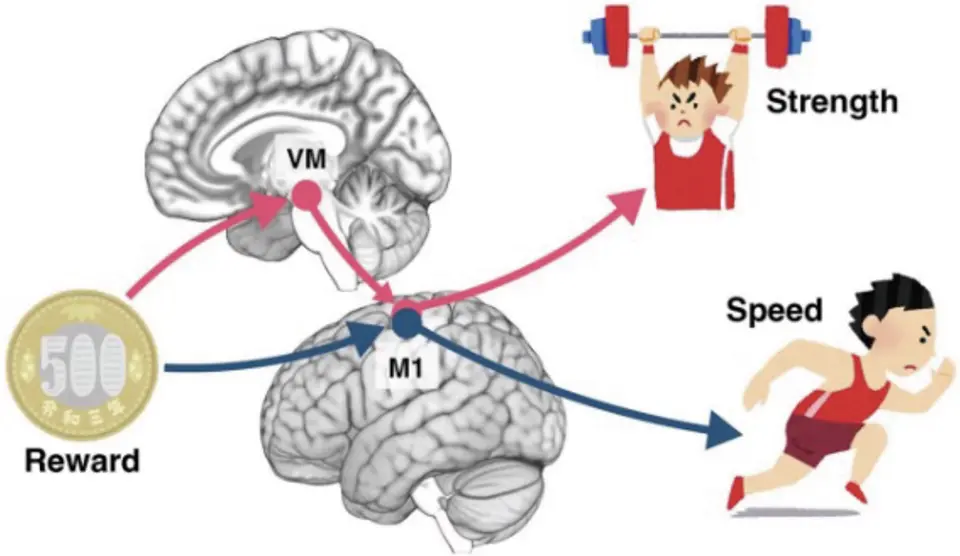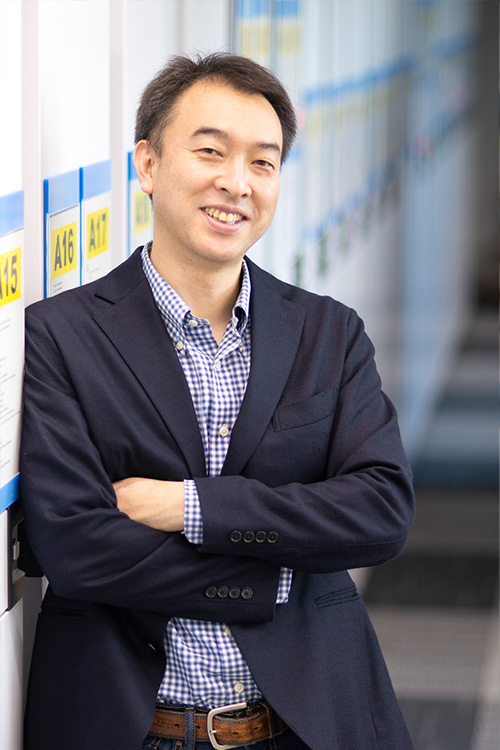
- HOME
- Neural Prosthetics Project
Neural Prosthetics Project
Neural prosthetics for restoring lost functions
Achievements in 2024
We identified a novel pathway where the primary motor cortex (M1) predicts and integrates spinal reflexes into motor control. By simultaneously recording cortical, afferent, and muscle activities in monkeys during reaching tasks, we demonstrated that M1 drives spinal reflex-mediated muscle activity via a “transafferent pathway.” This finding advance the development of ANC, enabling optimal motor output by incorporating spinal reflex pathways (Sci Adv 2024).
We revealed the functional role of the mesocortical pathway in mind-motor interactions during incentive motivation. Using functional magnetic resonance imaging, we showed that dopaminergic midbrain activity enhances grip force by modulating premovement activity in M1. This result highlight how motivation optimizes motor performance, providing critical insights into the neural mechanisms linking motivation and motor control (Neurosci Insights 2024).
Together, these studies deepen our understanding of motor control mechanisms and motivation, contributing to the development of neuro-rehabilitation strategies.

Publications
Papers in 2024
- Umeda T, Yokoyama O, Suzuki M, Kaneshige M, Isa T, Nishimura Y. (2024) “Future spinal reflex is embedded in primary motor cortex output.” Science Advances in press.
- Yokoyama O, Nishimura Y. (2024) “Preselection of potential target spaces based on partial information by the supplementary eye field.” Communications Biology7: 1215.
- Sugawara SK, Nishimura Y. (2024) “The Mesocortical System Encodes the Strength of Subsequent Force Generation.” Neuroscience Insights. doi:10.1177/26331055241256948.
Key papers
- Kato K, et al. (2019) “Bypassing stroke-damaged neural pathways via a neural interface induces targeted cortical adaptation.” Nature Communications. 10(1):4699.
- Sawada M et al. (2015) “Function of nucleus accumbens in motor control during recovery after spinal cord injury.” Science, 350 no. 6256, 98-101
